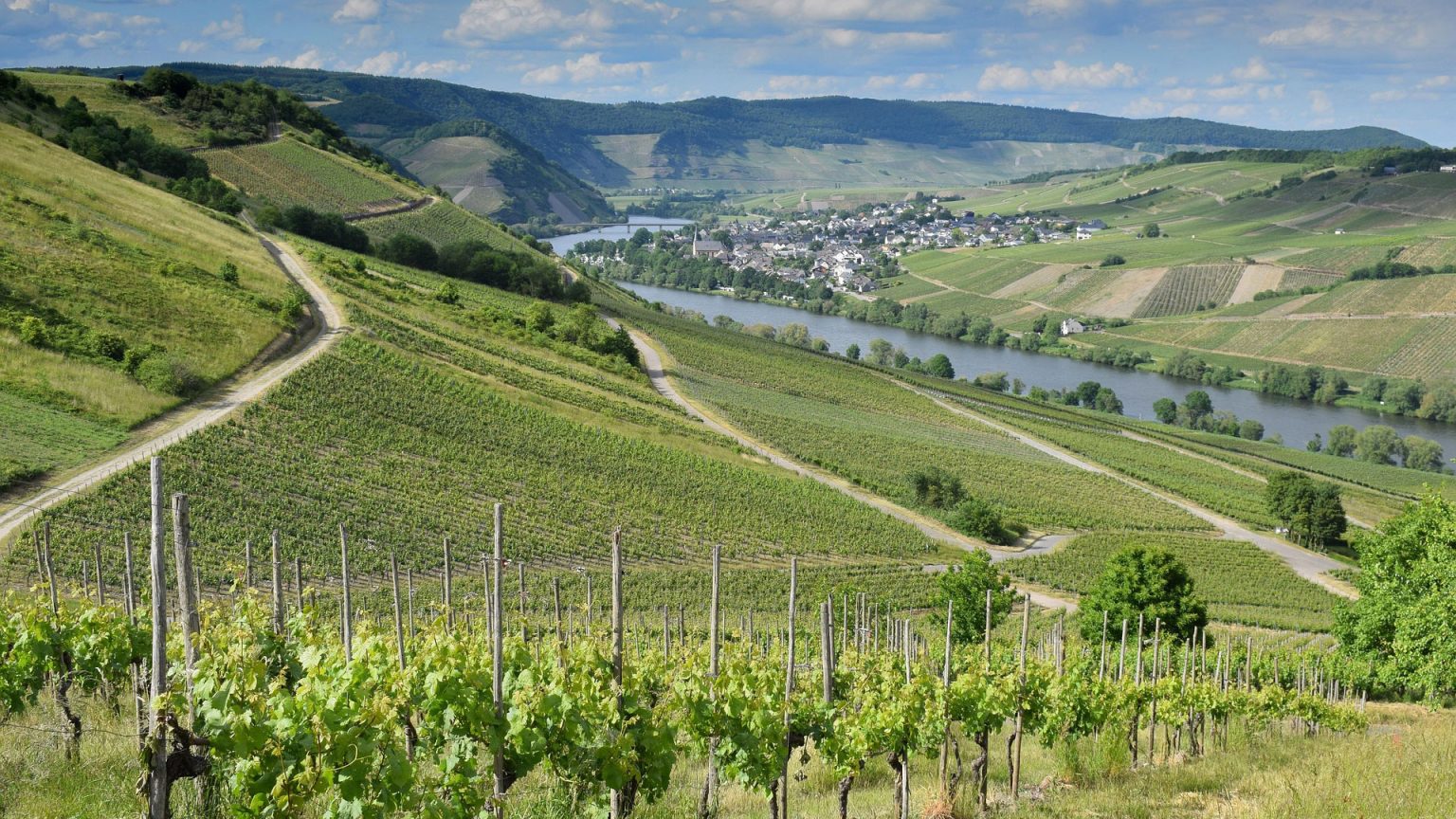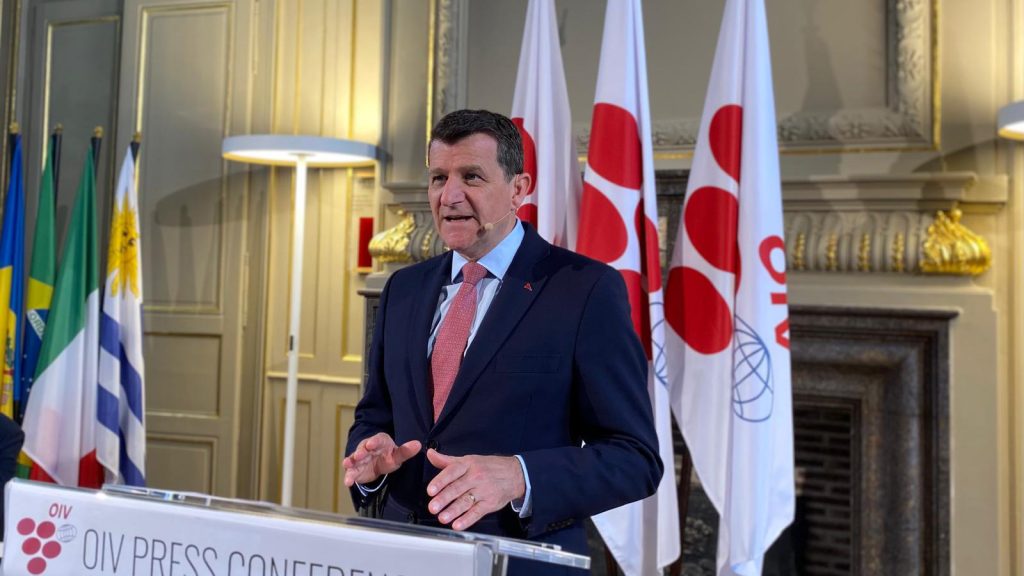German wine exports are holding strong in a stormy global market. The German Wine Institute (DWI) reports a 3% volume increase to 1.2 million hectoliters in 2024, with a steady €384 million in value, even as the average price dipped 11 cents to €3.24 per liter. Germany’s 69% white grape dominance makes it well-placed to ride the global white wine wave, but competition and costs are testing its resilience.
Export performance varies by region:
- U.S.: Prices climbed to €4.75 per liter, delivering €63 million (one-sixth of total revenue), despite a 5% volume drop.
- Netherlands: Overtaking Norway for second, volume surged 18% to 170,000 hectoliters, worth €36 million.
- Poland: Up 14% to 124,000 hectoliters, valued at €28 million, showing consistent growth.
- China: Volume jumped 16% to €20 million, driven by young consumers’ love for Riesling’s crisp sweetness.
However, this growth comes with a catch – low-cost producers like Spain and Chile are squeezing margins, as the price drop signals.
DWI’s Monika Reule ties the gains to white wine’s rising star in markets like North America and Asia. Riesling’s fresh, low-alcohol appeal fits shifting tastes, giving Germany an edge. In the U.S., premium pricing reflects strength in the high-end segment, but the shadow of tariffs – which cut value by 20% in 2019 – looms large. China’s growth hints at promise, though local brands and tariff-advantaged Australian wines challenge Germany’s share. Poland and the Netherlands, meanwhile, point to Europe’s untapped potential, fueled by rising demand and Germany’s reputation.
Subscribe to our newsletter
Climate change complicates the picture. Warmer weather lifts white grape yields but risks softening the terroir that defines German wines. The price decline highlights a tightrope – grow volume without cheapening the brand. Emerging markets like China and Poland demand nimble strategies to overcome logistics and local rivals, while the U.S. offers profit if trade stays smooth.
Looking ahead, Germany’s white wine momentum carries hope amid headwinds. Asia, with its growing middle class and taste for lighter drinks, could boost this trend – think Riesling in Shanghai’s bars. Yet cost pressures and trade risks remain. Germany’s next pour depends on balancing quality with adaptability in a shifting glass.



